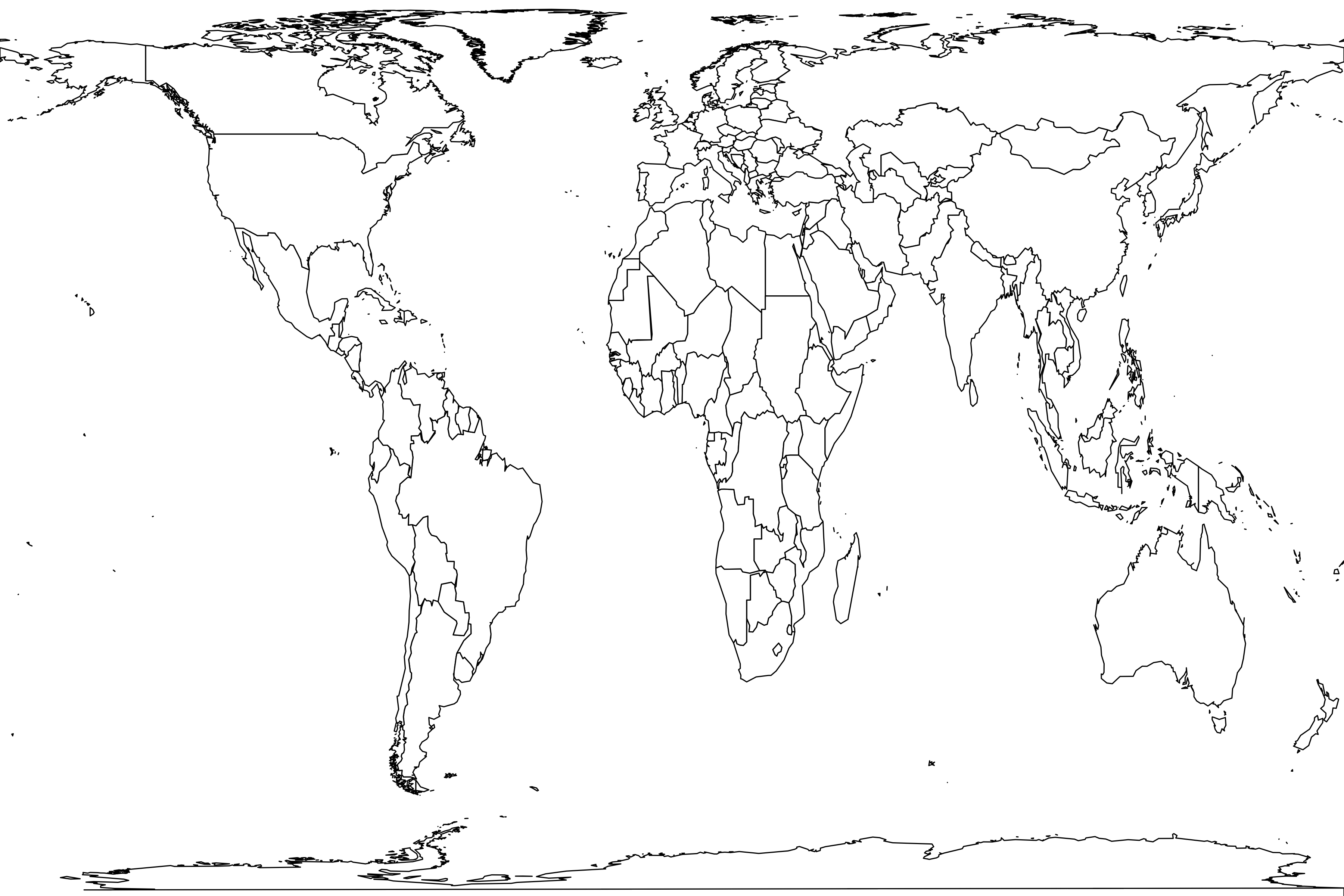Koycegiz Wildlife Development Reserve
Basic information
Sample name: Koycegiz Wildlife Development Reserve
Reference: D. Mengulluoglu and H. Ambarli. 2019. Assessing caracal-prey interactions by spatial and temporal analyses. European Journal of Wildlife Research 65(54):1-10 [ER 3323]
Geography
Country: Turkey
Coordinate: 36.9° N, 28.5° E
Coordinate basis: estimated from map
Geography comments: the reserve "covers 313.71 km2 and was declared as a wild goat population development reserve in 2005"
traps were sited at elevations ranging from 74 to 748 m
traps were sited at elevations ranging from 74 to 748 m
Environment
Habitat: temperate broadleaf/mixed forest
Protection: wildlife protected area
Substrate: ground surface
Disturbance: hunting,selective logging
Habitat comments: "KWDR is composed of mid-elevation mountain plateaus reaching up to 950 m, divided by steep and narrow rocky valleys. Our study targeted two habitat categories, cliffs and high flatland forests... Flatland forests occur at a higher plateau where the topography is more uniform and covered by Turkish pine and Turkish sweet gum... Main human activities in the area are summer tourism, logging by the forestry department, wild goat trophy hunting during rut season and some recorded poaching incidents. The area is protected against wildlife poaching by seven game wardens inside KWDR"
Methods
Life forms: carnivores,primates,rodents,ungulates,other small mammals,birds
Sampling methods: no design,automatic cameras
Sample size: 562 captures or sightings
Years: 2010 - 2012
Seasons: winter,spring
Nets or traps: 31
Net or trap nights: 2249
Camera type: digital
Cameras paired: no
Trap spacing: 0.6
Sampling comments: "We used Scoutguard SG550 passive infrared camera traps in 2010–11 and Reconyx HC500 passive infrared models in 2012 surveys. Both surveys were conducted in winter and spring and no bait was used... The majority of the trap stations (N = 26) were not closer than 600 m walking distance to each other... Camera traps were active throughout 1269 camera trap days (ctds) in 2010–2011 winter and spring and 980 days in spring 2012"
there were 31 stations
there were 31 stations
Metadata
Sample number: 3694
Contributor: John Alroy
Enterer: John Alroy
Created: 2020-10-28 21:18:34
Modified: 2020-10-28 10:21:43
Abundance distribution
14 species
1 singleton
total count 562
geometric series index: 17.2
Fisher's α: 2.602
geometric series k: 0.6541
Hurlbert's PIE: 0.7517
Shannon's H: 1.8361
Good's u: 0.9982
Each square represents a species. Square sizes are proportional to counts.
• Find matching samples
Register
| Capra aegagrus | 249 | 22 kg browser-grazer |
| Sus scrofa | 99 | 54 kg herbivore |
| Caracal caracal | 43 | 12 kg carnivore |
| Lepus europaeus | 26 | 3.4 kg herbivore |
| Apodemus spp. | 24 | |
| Meles meles | 17 | 10 kg invertivore-herbivore |
| Alectoris chukar | 11 | 541 g omnivore |
| Erinaceus concolor | 3 | |
| Vulpes vulpes | 2 | 5.3 kg carnivore-insectivore |
| Martes foina | 1 | 1.3 kg carnivore-frugivore |
| Canis lupus familiaris | 9 | 43 kg carnivore |
| "feral dogs" | ||
| Equus africanus asinus | 32 | 287 kg |
| "donkeys" | ||
| Bos taurus | 43 | 337 kg |
| "free ranging cattle" | ||
| Homo sapiens | 3 | 64 kg |
| "paochers" | ||


